Prepare for PMP certification success with this 2024 Ultimate Practice Test, featuring a robust collection of PMP exam questions, complete with answers and detailed explanations. Tailored for aspiring Project Management Professionals, this resource spans all PMP domains, including people, process, and business environment, aligned with the latest 2024 PMBOK standards. Each question is designed to mimic the real exam format, covering topics like risk management, stakeholder engagement, and agile practices, with in-depth explanations to clarify concepts and improve your problem-solving skills. This practice test is your key to mastering the PMP Exam, building confidence, and achieving certification in 2024.
Preview
Here are the multiple-choice questions with rationales included:
1. ________ is typically not referred to as a buffer type in critical chain project
management.
A. Resource buffer
B. Free buffer (Correct Answer)
C. Feeding buffer
D. Project buffer
Rationale: Critical chain project management (CCPM) uses resource buffers, feeding
buffers, and project buffers to protect against uncertainties in scheduling. However, “free
buffer” is not a recognized term in CCPM.
2. An accepted deadline for a project approaches. However, the project manager
realizes only 75% of the work has been completed. The project manager then issues a
change request.
What should the change request authorize?
A. Additional resources using the contingency fund
B. Escalation approval to use contingency funding
C. Team overtime to meet schedule
D. Corrective action based on causes (Correct Answer)
Rationale: A change request should focus on identifying and addressing the root causes of
the delay rather than simply allocating more resources or overtime, which may not be a
sustainable solution.
3. The project manager develops a process improvement plan to encourage
continuous process improvement during the life of the project.
Which of the following is a valid tool or technique to assist the project manager in assuring
the success of the process improvement plan?
A. Change control system
B. Process analysis (Correct Answer)
C. Benchmarking
D. Configuration management system
Rationale: Process analysis involves identifying inefficiencies and areas for improvement,
making it a key tool for ensuring continuous improvement.
4. The project manager meets with the project team to review lessons learned from
previous projects.
In what activity is the team involved?
A. Performance management
B. Scope identification
C. Risk identification (Correct Answer)
D. Project team status meeting
Rationale: Reviewing lessons learned helps in identifying and mitigating risks in the current
project by analyzing past experiences.
1. ________ is typically not referred to as a buffer type in critical chain project
management.
A. Resource buffer
B. Free buffer (Correct Answer)
C. Feeding buffer
D. Project buffer
Rationale: Critical chain project management (CCPM) uses resource buffers, feeding
buffers, and project buffers to protect against uncertainties in scheduling. However, “free
buffer” is not a recognized term in CCPM.
2. An accepted deadline for a project approaches. However, the project manager
realizes only 75% of the work has been completed. The project manager then issues a
change request.
What should the change request authorize?
A. Additional resources using the contingency fund
B. Escalation approval to use contingency funding
C. Team overtime to meet schedule
D. Corrective action based on causes (Correct Answer)
Rationale: A change request should focus on identifying and addressing the root causes of
the delay rather than simply allocating more resources or overtime, which may not be a
sustainable solution.
3. The project manager develops a process improvement plan to encourage
continuous process improvement during the life of the project.
Which of the following is a valid tool or technique to assist the project manager in assuring
the success of the process improvement plan?
A. Change control system
B. Process analysis (Correct Answer)
C. Benchmarking
D. Configuration management system
Rationale: Process analysis involves identifying inefficiencies and areas for improvement,
making it a key tool for ensuring continuous improvement.
4. The project manager meets with the project team to review lessons learned from
previous projects.
In what activity is the team involved?
A. Performance management
B. Scope identification
C. Risk identification (Correct Answer)
D. Project team status meeting
Rationale: Reviewing lessons learned helps in identifying and mitigating risks in the current
project by analyzing past experiences.
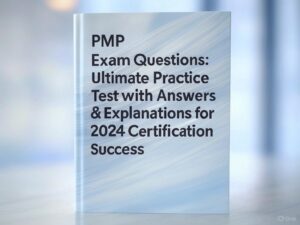
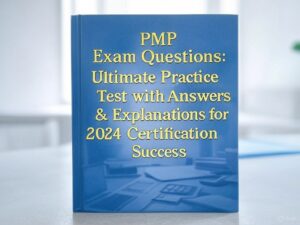


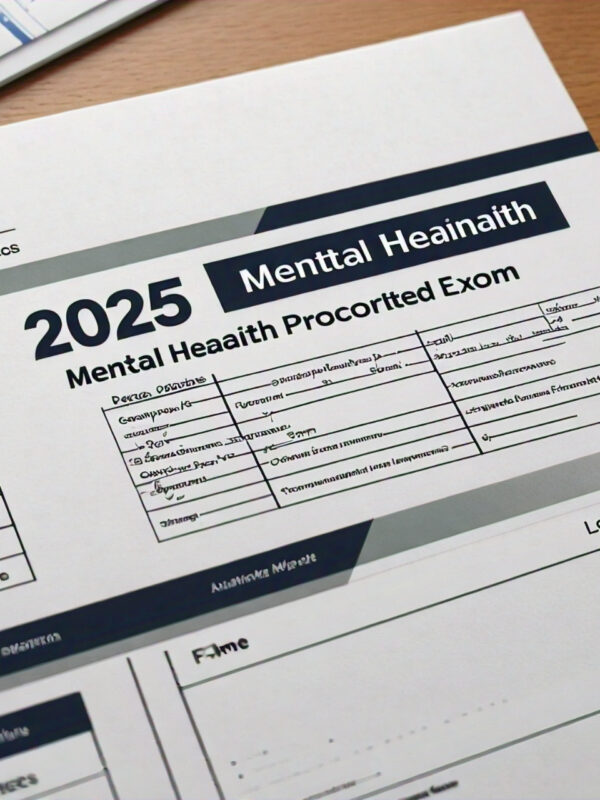
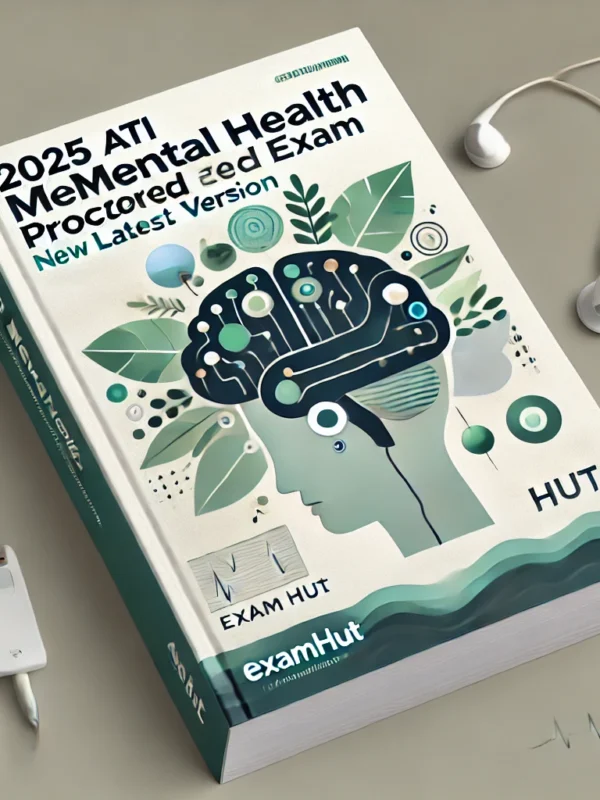

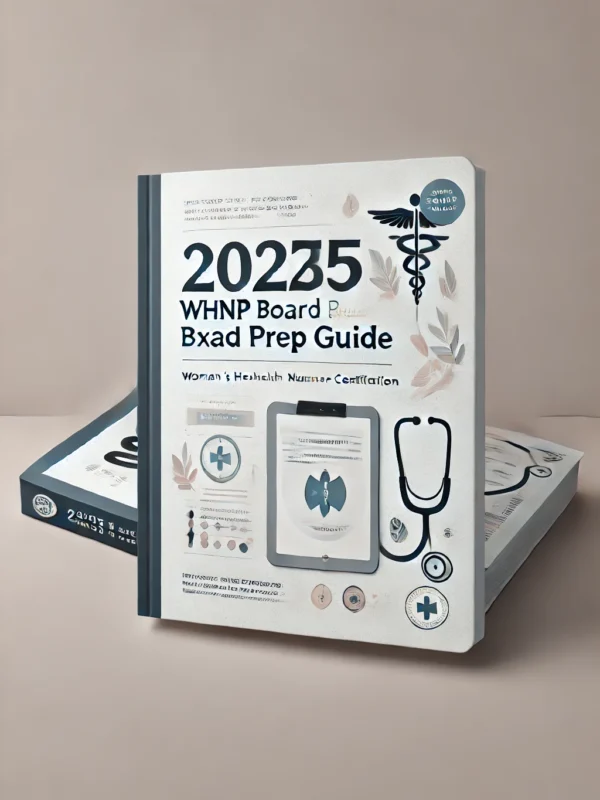

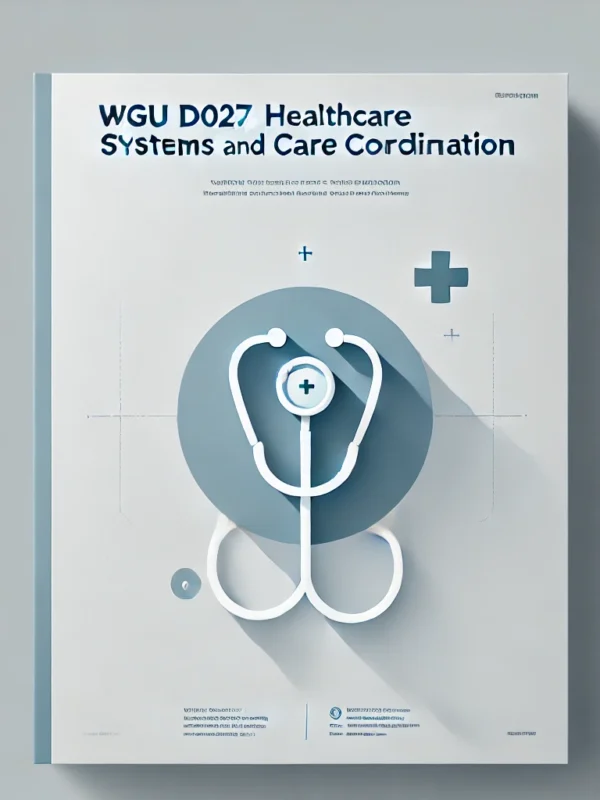
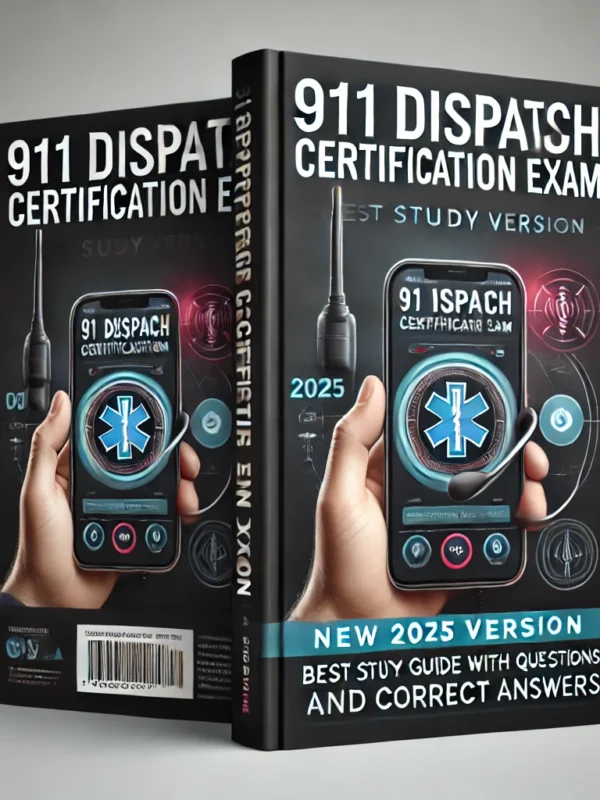
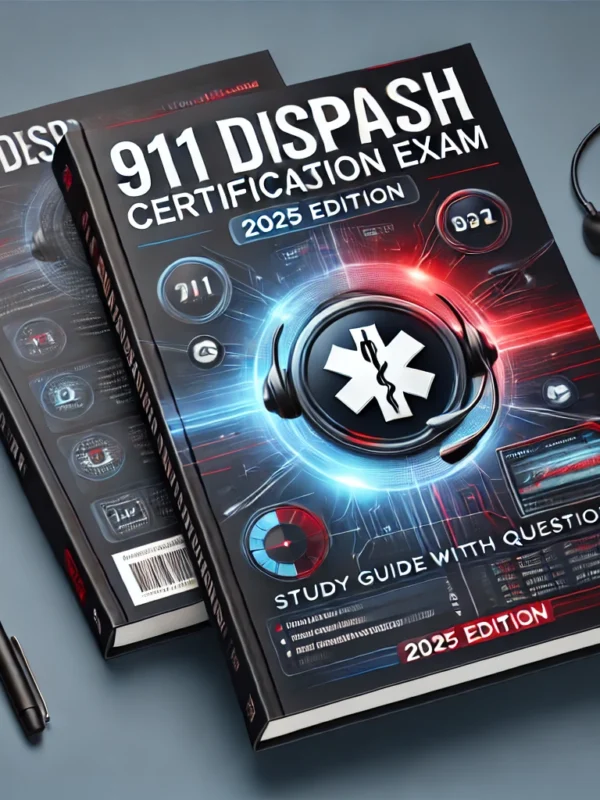
Reviews
There are no reviews yet.